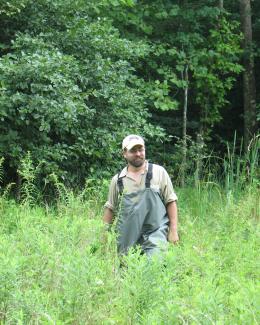Abstract
Microcosm tests were conducted to study U(VI) bioreduction in contaminated sediments with emulsified vegetable oil (EVO) as the electron donor. In the microcosms, EVO was degraded by indigenous microorganisms and stimulated Fe, U, and sulfate bioreduction, and methanogenesis. Removal of aqueous U occurred concurrently with sulfate reduction, with more reduction of total U in the case of higher initial sulfate concentrations. X-ray absorption near-edge spectroscopy (XANES) analysis confirmed U(VI) reduction to U(IV). As the acetate concentration peaked in 10~20 days in oleate microcosms, the maximum was reached in 100~120 days in the EVO microcosms, indicating that EVO hydrolysis was rate-limiting. The acetate accumulation was sustained over 50 days longer in the oleate and EVO than in the ethanol microcosms, suggesting that acetate-utilizing methanogenesis was slower in the cases of oleate and EVO. Both slow hydrolysis and methanogenesis could contribute to potential sustained bioreduction in field application. Biogeochemical models were developed to couple degradation of EVO, production and oxidation of long-chain fatty acids, glycerol, acetate, and hydrogen, reduction of Fe(III), U(VI) and sulfate, and methanogenesis with growth and decay of microbial functional groups. The models were used to simulate the coupled processes in a field test in a companion article.



